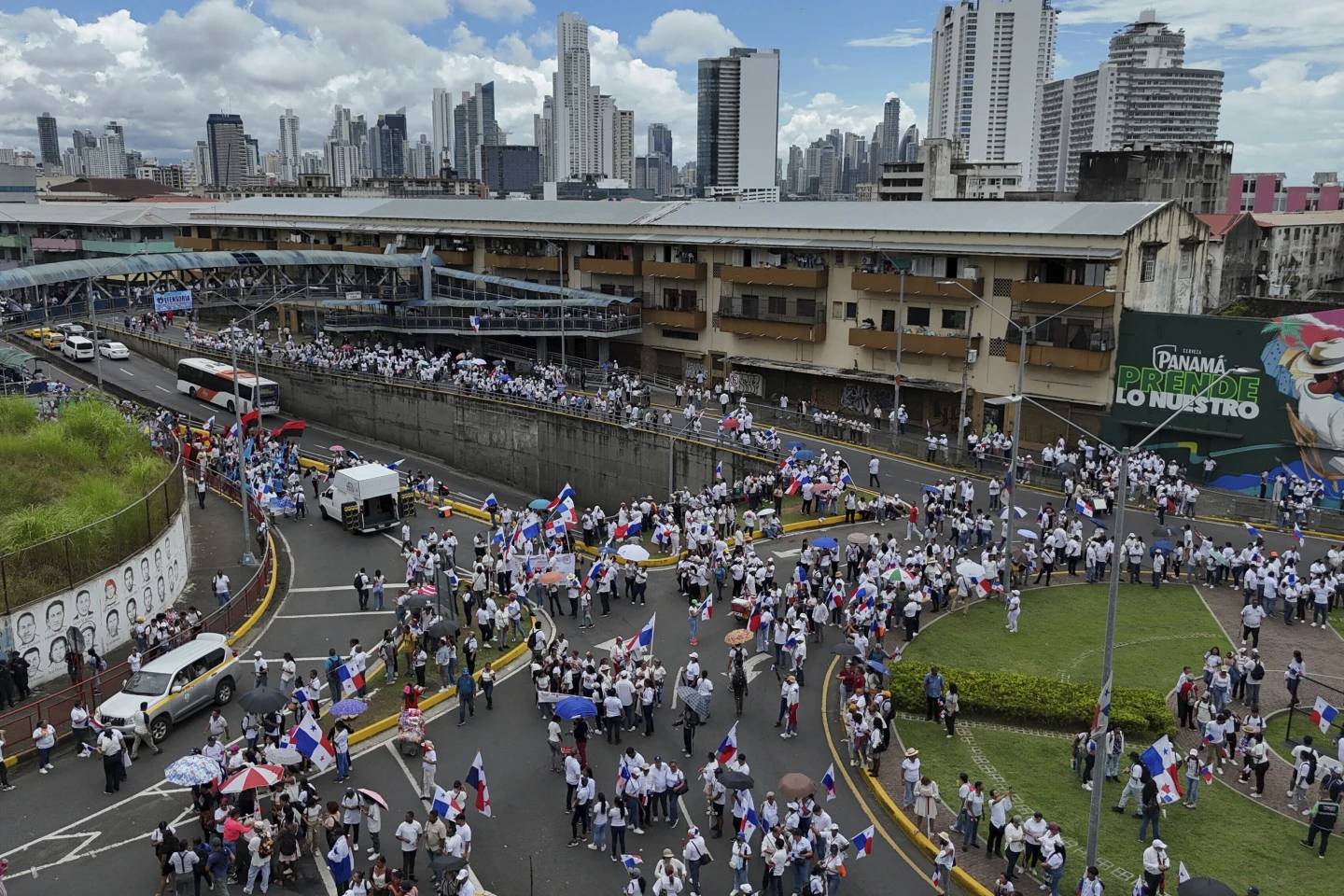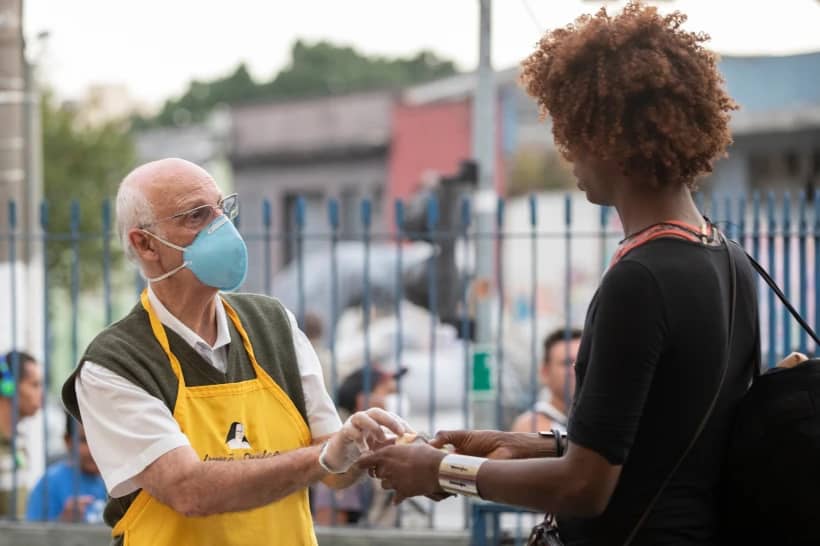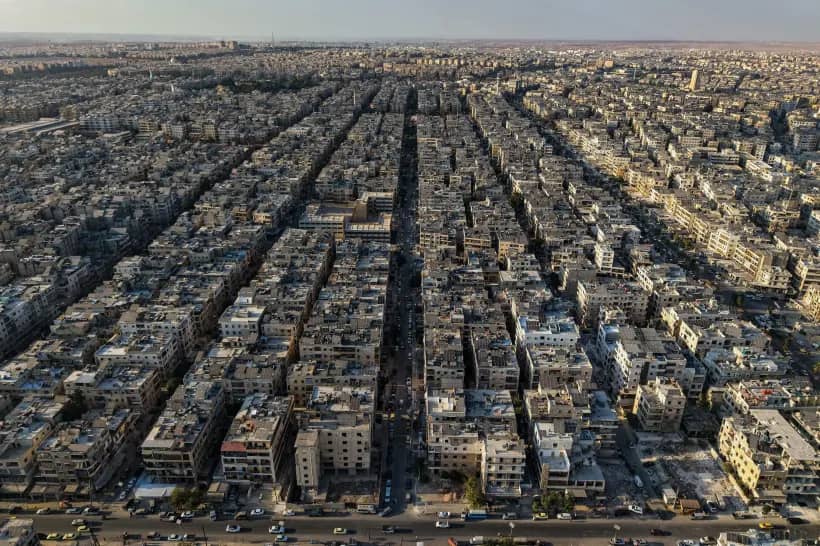SÃO PAULO – While he was being expelled from the Jesuit order on July 24, artist-priest Slovenian Father Marko Ivan Rupnik was in the middle of what many observers consider his greatest work, a set of mosaic panels covering the four main facades of the Basilica of Our Lady Aparecida in Brazil.
The fate of that project, like many of the accused sexual abuser’s others works of art, now hangs in the balance.
Inaugurated last year, the first of the massive mosaics has an area of 43,000 square feet. The work on another facade was advancing, while the remaining sides were still waiting for the intervention to begin.
But it all had to be suspended. In February, the Jesuits forbade Rupnik to continue his artistic work. With his dismissal, the Aparecida shrine has been “waiting for the Church’s guidance to decide” how it will conclude the intervention, according to a press statement sent to Crux.
People with knowledge on the matter say that the shrine’s administrators, members of the Redemptorist order, have a complex situation on their hands.
The basilica’s latest artistic project had been created by Claudio Pastro, an internationally renowned religious artist who combined Byzantine inspiration with Brazilian popular expressions. He died in 2016.
The administrators wanted to transform the shrine into an international religious tourism destination, according to observers who followed the events closely. That’s why they decided to hire Rupnik, who, prior to the abuse allegations, was considered one of the best-known Catholic artists in the world.
The money paid to Rupnik’s Centro Aletti for the murals came from a donation campaign promoted among pilgrims. With the abuse scandal, an ethical problem emerged.
Rupnik’s artistic intervention in the shrine was also aesthetically controversial due to the fact that the basilica’s facades previously had been covered with exposed bricks, which have an historical and cultural significance for Aparecida devotees.
“It was very surprising to know that the facades would be covered with mosaic panels. The bricks had a symbolic role for devotees,” said social scientist Adriano Godoy, who studied the basilica in his Ph.D. research.
For Pastro, the clay bricks had a profound significance, connected to the image of Our Lady of Aparecida itself, which is also made of clay. They were also connected to the popular way Brazilians historically built their own houses, especially in the rural zones of São Paulo state, where Aparecida was found by fishermen centuries ago.
“The ‘brick devotion’ was incentivized for several years among Aparecida’s churchgoers,” Godoy said.
He does not think Rupnik’s project was necessarily a problem, “given that he and Pastro share a similar search for an artistic response to the Second Vatican Council through neo-Byzantine aesthetics.”
“Pastro and Rupnik work with mosaic murals and Christ-centered motifs. Although their work has important differences, there is a possible continuity between them,” Godoy said.
Other experts have been harsh critics of the changes implanted since 2019. Professor Marina Massimi, who heads the research group “Time, Memory and Belonging” at the University of São Paulo’s Institute of Advanced Studies, which works with themes connected to Brazilian cultural and artistic heritage, is among them.
“There is a deep incompatibility between Rupnik’s panels and the work of Pastro, and with the basilica’s architecture itself. That was emphasized by many since the intervention was announced,” Massimi told Crux.
In 2019, her research group sent a letter to the shrine’s rector, to the bishop of Aparecida and to the Bishops’ Conference in order to complain of what they saw as the discontinuity between Rupnik’s project and Pastro’s work, and to explain to them that the new interventions would harm the original project conceived by Pastro.
“The internal artworks created by Pastro required the simplicity of the exposed bricks on the outside. Thus, the impact of his Garden of Eden inside the basilica would be amplified,” she said.
Massimi said that Pastro handed in his complete project to the bishop one week before his death “and the new interventions violated it”.
“Despite his Byzantine style, he had a focus on Brazilian popular art, with Indigenous, African, and Portuguese expressions. His Garden of Eden has motifs of the Brazilian flora and fauna. There is an artistic originality of Brazilian character,” she said.
Massimi added that Rupnik’s panels were described “as a Bible in the open air, but that is a senseless repetition, given that Pastro’s work already plays the same role.”
It is not clear yet how the shrine will deal with the problem.
In Massimi’s opinion, the panels should be removed and sent back to Centro Aletti, the artistic center founded by Rupnik in Rome. The money paid for them should be returned to the pilgrims’ campaigns’ fund for ethical reasons, she said.
“When he was hired, the high levels of the hierarchy already knew of the accusations. That is also a type of abuse of the churchgoers who donated their money for the project,” she said.
The Church should be restored in order to correspond to Pastro’s original conception, she added.
Godoy doubts that Rupnik’s mosaics will be removed. He thinks that probably a new artist will be hired to conclude the new intervention.
“Like Barcelona’s Sagrada Familia, it has been changing over the decades and receiving new layers. I think Rupnik’s panels are part of a new one, which will now be completed by somebody else,” he said.














